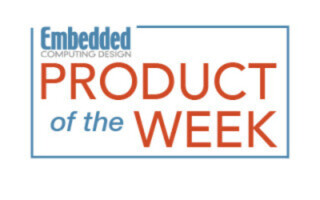MicroEJ Announces Availability of MICROEJ Kifaru, a Javascript Development Environment for Embedded Devices
September 01, 2021
News

MicroEJ released its new JavaScript framework for embedded development, called MICROEJ Kifaru. This new addition is designed to fulfill the company’s mission to democratize embedded development to the broadest ecosystem of skilled applications developers on the market.
Per the company, MicroEJ has supported multiple standards and specific languages (C, Java, Domain-Specific Languages) to open embedded systems development to the large mobile and cloud community. By adding JavaScript support to MICROEJ Virtual Execution Environment (VEE), MicroEJ leverages an ecosystem of developers on the market, making MICROEJ VEE an accessible execution environment in the embedded industry. And the roadmap includes Kotlin and Python for broad engineering.
MICROEJ Kifaru introduces benefits to smart device manufacturers:
- Safe software container: MICROEJ Kifaru targets the safe MicroEJ software container, enabling the application to be written in multiple languages. However, all multi-language components are securely run and managed by MICROEJ VEE.
- No learning curve: JavaScript is considered as one of the easiest and accessible languages to learn. It is highly dynamic and loosely typed, which translates into more flexibility. In addition, it makes it easier to iterate at a fast velocity to achieve quick prototypes and applications.
- Large ecosystem: Engineering teams can now benefit from large ecosystems of tools, frameworks, and libraries that can be leveraged in the development process to reduce development efforts and costs. MICROEJ Kifaru supports npm command line, babel, etc.
- Software modules reuse: MicroEJ ensure software modules portability across many RTOS/OS and hardware platforms. It means that JavaScript software modules created with MICROEJ Kifaru can run ‘as is’ on various electronics with no modifications, resulting in a much easier evaluation process between different hardware and fast product declinations.
- Reliability: MicroEJ combines security and flexibility as it provides application sandboxing, meaning software applications stay isolated from each other. Device robustness is provided at execution thanks to code validation and real-time execution checking for reliable embedded and IoT devices.
Access the MicroEJ website to know more about MicroEJ framework and discover its newest MICROEJ Kifaru preview demo: developer.microej.com/kifaru





